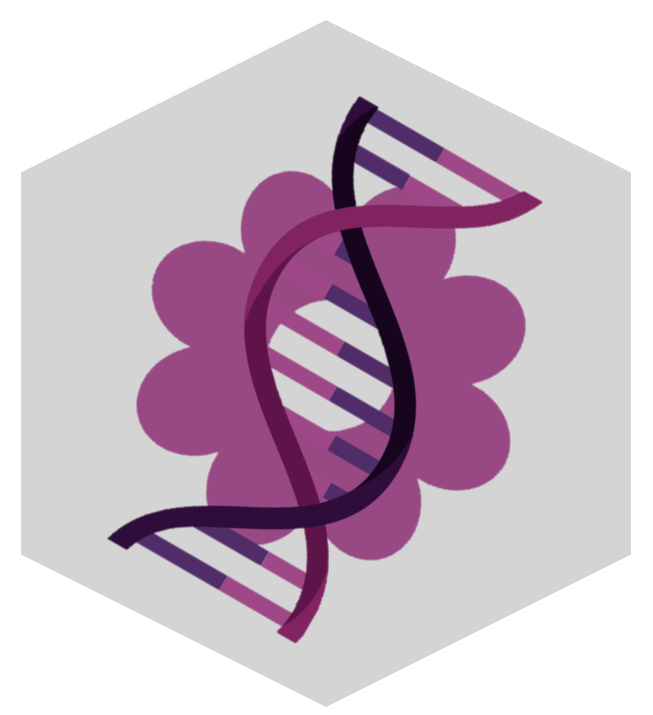
FlowerPower
Evaluation of a Citizen Science eDNA-Approach to monitor Insect-Flower Interactions

Motivation and Background
Globally, insect populations have experienced a dramatic decline in recent decades, with an extinction rate nearly eight times higher than that of mammals and birds. Furthermore, in Austria, four out of five animal species belong to insects, and among the estimated 40’000 Austrian insect species, at least one-third strongly rely on flowers either as juveniles and/or adults. They are attracted to flowers due to the supply of nectar and pollen, serving as a food source.
This finely tuned mutualistic interaction between flowers and their visitors ensures the pollination of a wide variety of cultivated and wild plants. However, describing the intricate network of interactions between flowering plants and pollinators presents significant challenges. Insects are small, inconspicuous creatures with a high diversity of forms and colors, often recognizable in the field by very few specialists. This need for taxonomic experts, and the strong weather dependency required by traditional sampling methods, therefore make studying pollinators both costly and time-consuming. Apart from prominent species like the honeybee, there is therefore currently only little data available on which insect uses which flower and under what conditions they do so. Despite that a comprehensive understanding of the flower-insect interaction network is essential to counteract the drastic decline in insects through targeted management strategies - especially if we aim to improve the food supply for flower-visiting insects.
This project therefore aims to establish a new, non-invasive approach using environmental DNA (eDNA) to study pollinator communities at a high resolution. Our approach is to determine the "genetic fingerprints" of honey and wild bees, as well as other flower-visiting insects, on the flowers they visited in agricultural landscapes. The identification of the flower visitors can be done based on their DNA traces, which they leave in small quantities while collecting pollen & nectar.
To complement this, we in addition determine the DNA traces from flowers on pollinators themselves to identify the flowers that each pollinator have visited. The focus primarily lies on wild bees, as they serve as excellent indicators of ecosystems. Since bees visit one flower after another, this provides valuable information about the floral diversity of their surroundings, which can subsequently be interpreted in the landscape context.
Project Objectives
1) Assessing insect diversity non-invasively using eDNA: Identifying flower species visited in agricultural habitats to establish detailed flower-insect interaction networks.
2) Surveying the flower species visited by honey and wild bees through DNA metabarcoding of pollen obtained non-invasively from flower-visiting insects.
3) Testing and optimizing insect DNA trace analysis within a "Citizen Science" approach for a later large-scale survey of insect-flower plant interaction networks.
Farmers as “Citizen Scientists”
Farmers are involved in this project as "Citizen Scientists". Using the citizen science approach, this new monitoring tool will be tested and optimized in order to assess the method's potential for implementation in a nationwide pollinator monitoring program in Austria. Such a standardized and non-invasive tool could make a significant contribution to closing data gaps on the distribution of different insect groups in Austria and to monitoring the effectiveness of management strategies to promote pollinators and other flower-visiting insects.
Pilot Study (2023/2024)
The focus of this pilot study is on testing the methodology of using eDNA as a sampling tool in selected flower strips. A future project aims to extend the approach from farmers to beekeepers, agricultural organizations and other stakeholders to conduct independent sampling campaigns across Austria.
AAE members involved in the project: Michael Traugott (PI), Oskar Ragnar Rennstam Rubbmark, Sabrina Gurten
Funding: The project is financed by the Federal Ministry of Agriculture, Regions and Tourism and the Federal Ministry for Climate Action, Environment, Energy, Mobility, Innovation and Technology.


